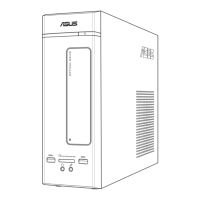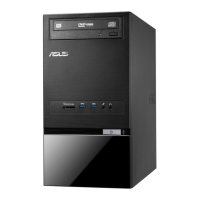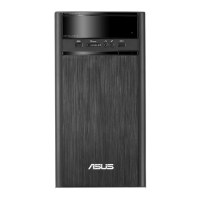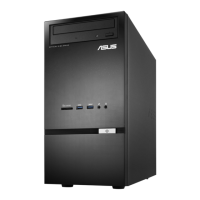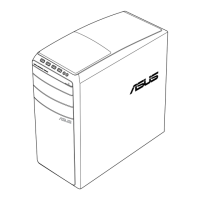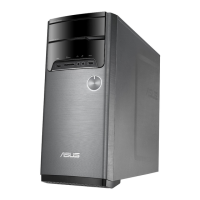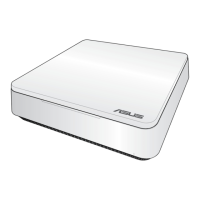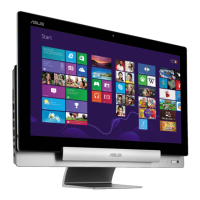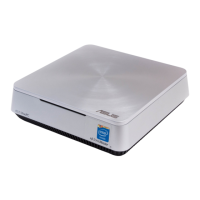Why can't my Asus Desktop access the internet?
- AAnthony ValentineAug 21, 2025
There are several reasons why your Asus Desktop might not be able to access the internet: * The LAN cable might not be connected. Ensure it is properly connected to your computer. * There might be issues with the LAN cable itself. Check if the LAN LED is on; if not, try using a different cable. * Your computer may not be properly connected to the router or hub. Verify this connection. * There may be a problem caused by the anti-virus software. Try closing the anti-virus software. * The LAN driver may need to be reinstalled. * There might be a problem with network settings. Contact your Internet Service Provider (ISP) for the correct LAN settings.
